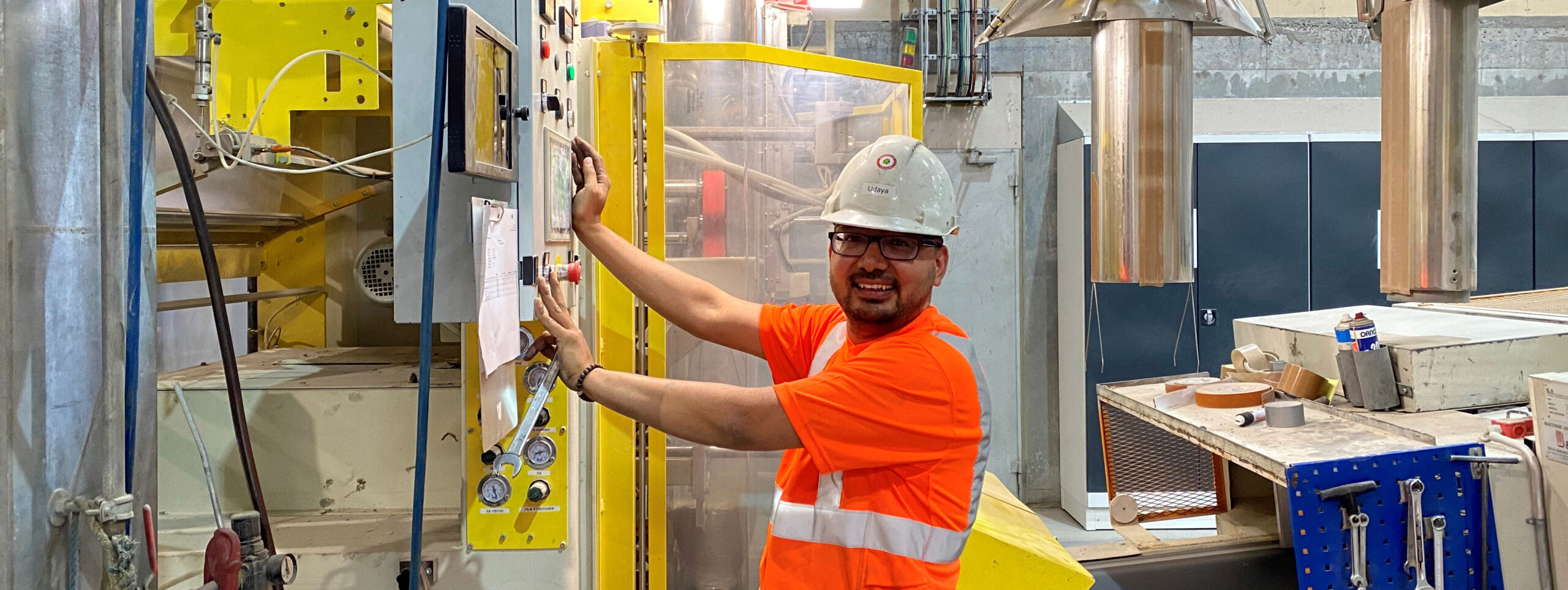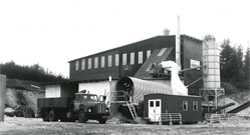
Filter soil with high cleaning capacity
Additional information
| Responsible: | |
|---|---|
| E-mail: | |
| Producer: | |
| Product designation: | |
| Tel: | |
| Item number: | |
| Variant: | |
| Variants: | DANSAND® Filterjord 1 – 400082, DANSAND® Filterjord 2 – 400114 |
Description
Soil is one of the best, cheapest and most versatile media for filtering and purifying water. Filter soil is often used in connection with seepage of surface water, because it meets some of the requirements related to climate change adaptation.DANSAND® Filter Soil is produced without raw soil, but instead with controlled raw materials such as compost, sphagnum, clay and washed sand. DANSAND® Filter Soil contains no undesired substances and can be classified as pure soil.Most known purification processes are active in our filter soil, ie filtration, plant uptake, adsorption of dissolved organic and inorganic material and decomposition of organic pollutants. In this manner, DANSAND® Filter soil can purify the water of a wide range of problem substances: fine particulate matter, heavy metals, phosphorus and most environmentally harmful organic micro-pollutants such as hydrophobic and mobile organic substances, including oil, PAH, plasticisers and pesticides.
In our mixing plant, we can create a mix of filter soil that is suited to the current situation, be it rapid infiltration, high purification or optimised plant growth. This means that we always deliver a homogeneous product, which is a prerequisite for optimal utilisation of the filter’s reactive surface area. At the mixing plant, we also have the option of adding other minerals such as lime or activated carbon (charcoal).
DANSAND® Filter Soil is manufactured in accordance with the guidelines in the German Arbeitsblatt DWA-A 138, where, among other things, a number of requirements are set for the soil’s pH value, content of sand, silt, clay and organic material.
Benefits of DANSAND® Filter soil
- One of the best filter media for water purification
- Cost-effective solution
- High water permeability
- Good cleaning ability
- Creates good growth conditions for plants
- Can be mixed according to match the job at hand
- Homogeneous product
Product specification
Declaration
DANSAND® Filter soil 1
pH value and hydraulic conductivity:
| pH | 6.5-8.0 |
| K-value (Danish Standard DS415) | 10-5 |
Texture:
| Gravel | 0-5 % |
| Coarse sand | 60-75 % |
| Fine sand | 15-30 % |
| Silt | 2-4 % |
| Clay | 2-4 % |
| Ignition loss | 3-6 % |
Minimum layer thickness:
300 mm
DANSAND® Filter soil 2
pH value and hydraulic conductivity:
| pH | 6.5-8.0 |
| K-value (Danish Standard DS415) | 10-5 |
Texture:
| Gravel | 0-5 % |
| Coarse sand | 60-80 % |
| Fine sand | 10-20 % |
| Silt | 1-3 % |
| Clay | 1-3 % |
| Ignition loss | 1-4 % |
Minimum layer thickness:
300 mm
Delivery
Delivered as bulk.
Storage
No specific requirements
Environmental information and disposal
DANSAND® Filter soil is classified as “clean soil.” During use, contaminants such as heavy metals and environmentally alien are absorbed and accumulated in the filter soil. Filter soil should be replaced before the accumulated pollution reaches a level that causes the soil to be classified as contaminated. It is likely that the non-degradable heavy metals will trigger replacement requirements first, since the conditions for decomposition of organic pollutants are generally expected to be good in filter soil. However, there may be certain exceptions in the form of difficult-to-degrade compounds. Studies of filter soil in a number of German plants, the oldest about 10 years old, have shown that the filter soil, was generally not contaminated with heavy metals to a level that exceeded pollution class 2 (slightly contaminated soil). The pollution accumulates primarily in the upper part of the soil profile. Therefore, it will be sufficient to replace the top 5-10 cm of the filter soil.






